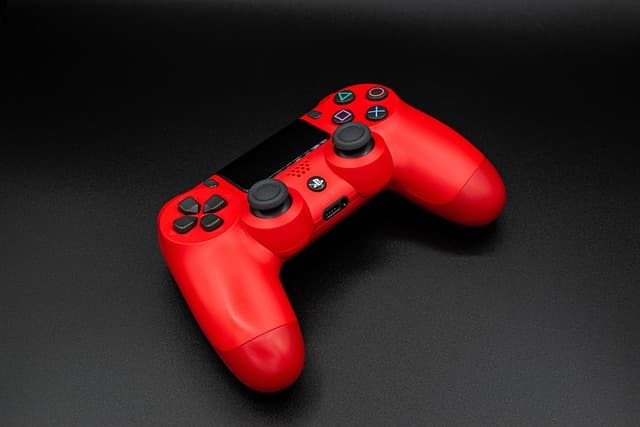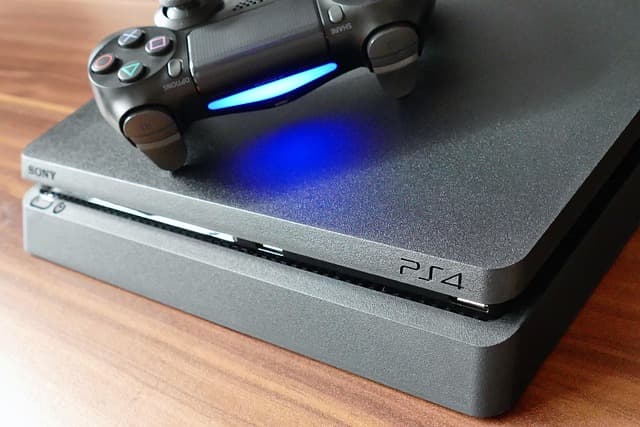When Sony announced the PlayStation 4 in 2013, the technical specifications of the console became the main topic of discussion among gamers and experts. At that time, the company promised to develop a product that would be significantly more powerful and functional compared to previous models. After a while, we already know what exactly to expect from the PlayStation 4, and how its characteristics influenced the future of the gaming industry.
One of the key features of the PS4 is its processor. Sony opted for an 8-core AMD Jaguar, which runs at 1.6GHz. This choice was a significant step up from the PS3, which used a more outdated architecture. The new processor allowed for a significant increase in performance, providing a more stable and smooth gaming experience. This approach also provided improved multitasking, allowing the system to run faster and more efficiently.
Graphics was also a major focus for Sony. The console features a graphics card based on AMD GCN architecture with 1152 stream processors, which gave powerful graphics acceleration. This allowed for crisp visuals and higher FPS in games. The PS4 also supported resolutions up to 1080p, which was a big step up from the PS3. Subsequently, when the trend for 4K and HDR emerged, the PS4 Pro (a modification of the console) offered improved support for these technologies.
RAM was also an important aspect. The PS4 received 8GB of GDDR5 RAM, which improved data transfer speeds and overall system performance. This amount of memory was quite large for a gaming console at the time and allowed for easier game loading and level of detail, as well as faster response in multitasking.
In terms of storage, the standard version of the PS4 had a 500GB hard drive that could be replaced or supplemented with an external drive for more memory. Later, a model with 1TB of storage was introduced, which was a convenient solution for gamers who used a lot of content.
Connectivity and interfaces were also a significant improvement. The PS4 supports USB 3.0, HDMI 2.0, and network connectivity via Ethernet and Wi-Fi. Bluetooth 4.0 support and new gamepad capabilities via DualShock 4 technology were also major innovations. The gamepad received improved ergonomics, sensitive sensors and a touchpad that became heavily utilized in some games.
Many gamers expected from PS4 not only improved performance, but also a user-friendly interface. The PS4 operating system has been redesigned to meet the needs of modern users. Intuitive menus, the ability to switch between games and applications without long downloads, as well as integration with social networks made the system convenient and modern.
As for exclusive games, expectations were also met. At the time of the PS4 release, a number of strong projects were ready, such as Killzone: Shadow Fall, Knack and the continuation of cult series, such as The Last of Us Remastered. These games showcased the full capabilities of the new console and showed what it was capable of.
Overall, the PS4’s features were the key components that allowed the console to quickly become one of the most successful in the history of the gaming industry. The expectations for the device were met, and the technology utilized in the PS4 made it a powerful tool for gamers for years to come.






